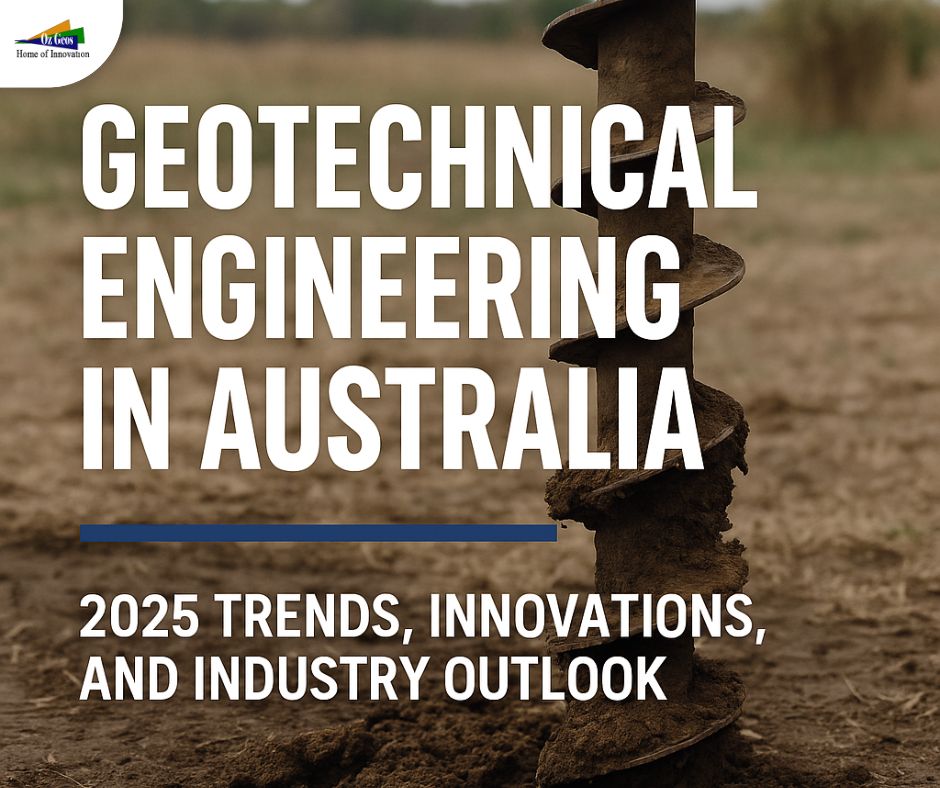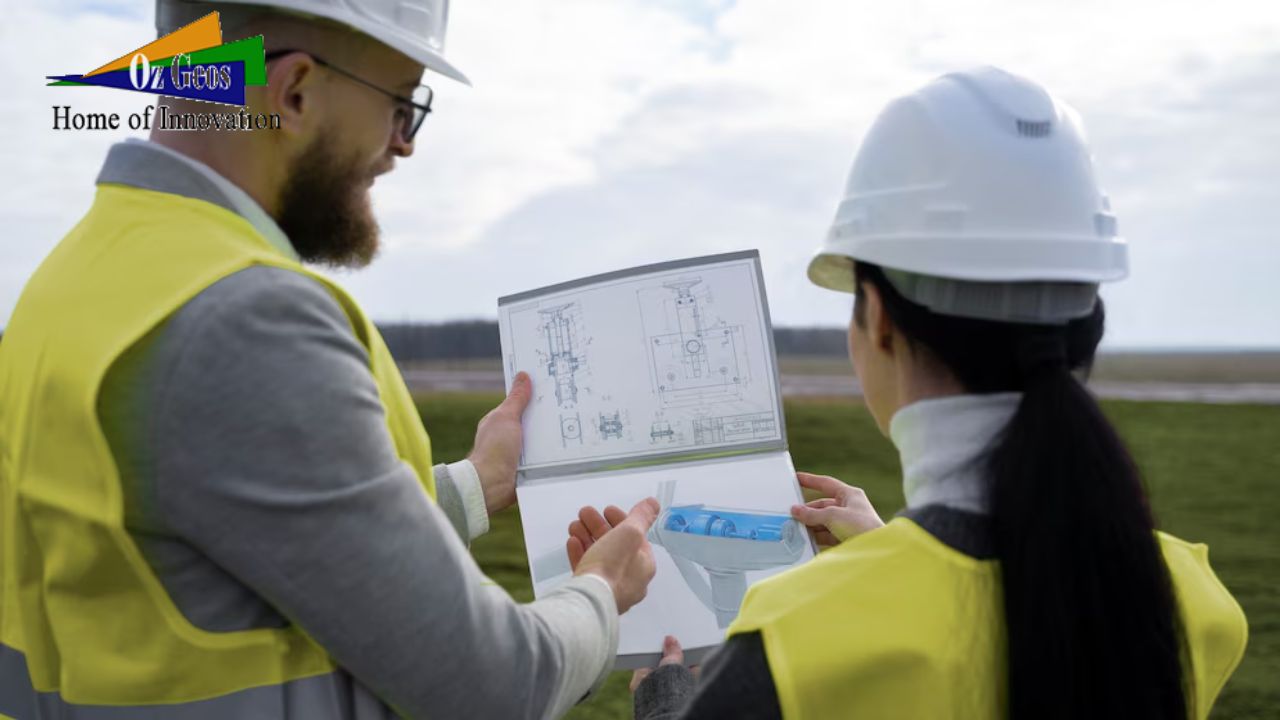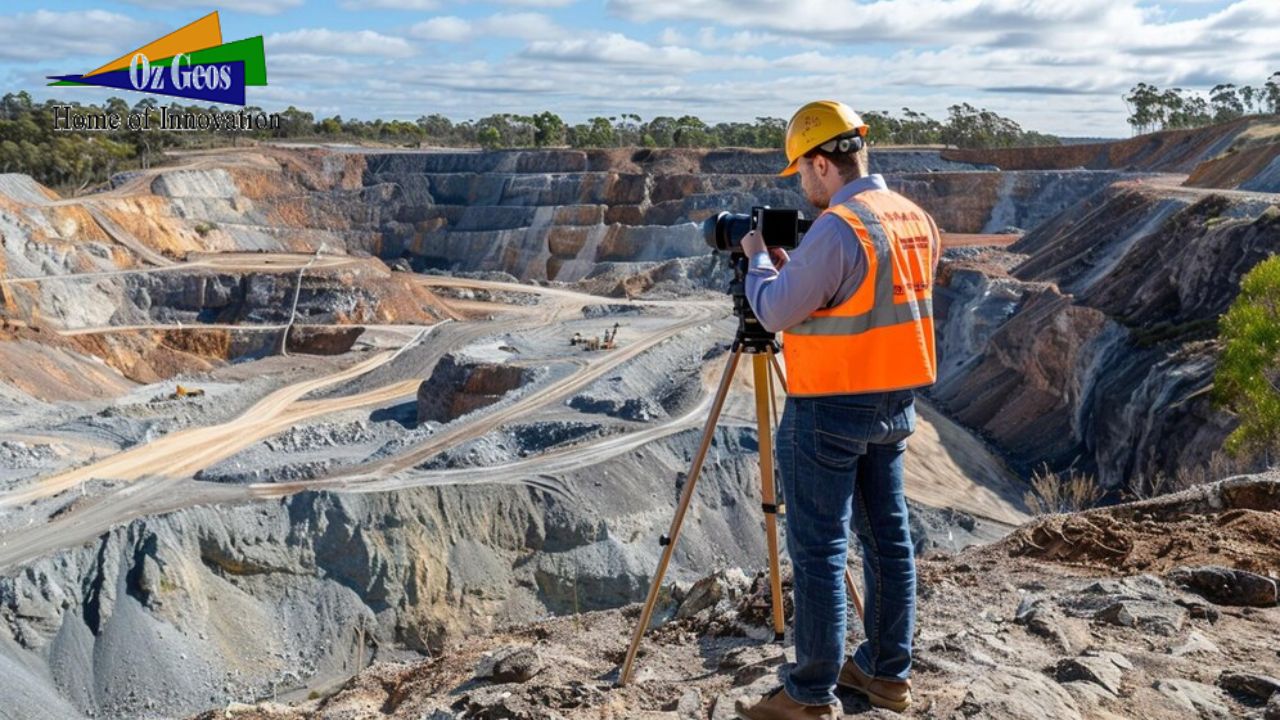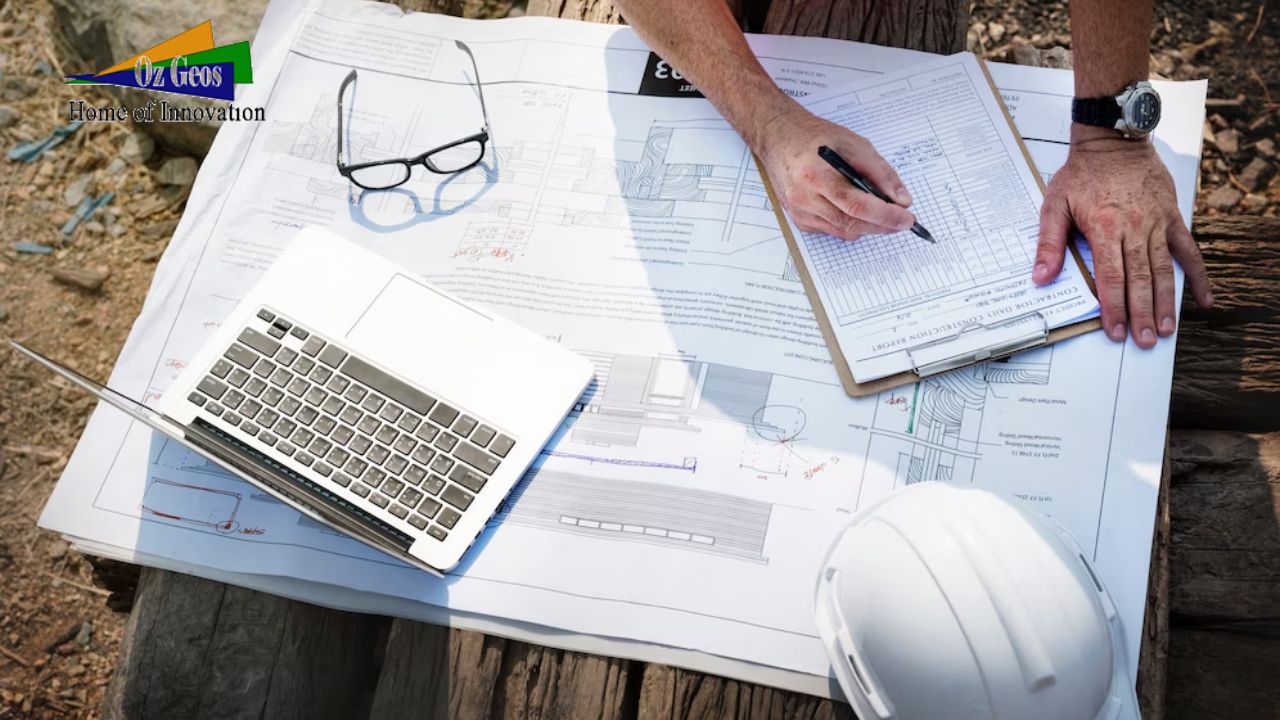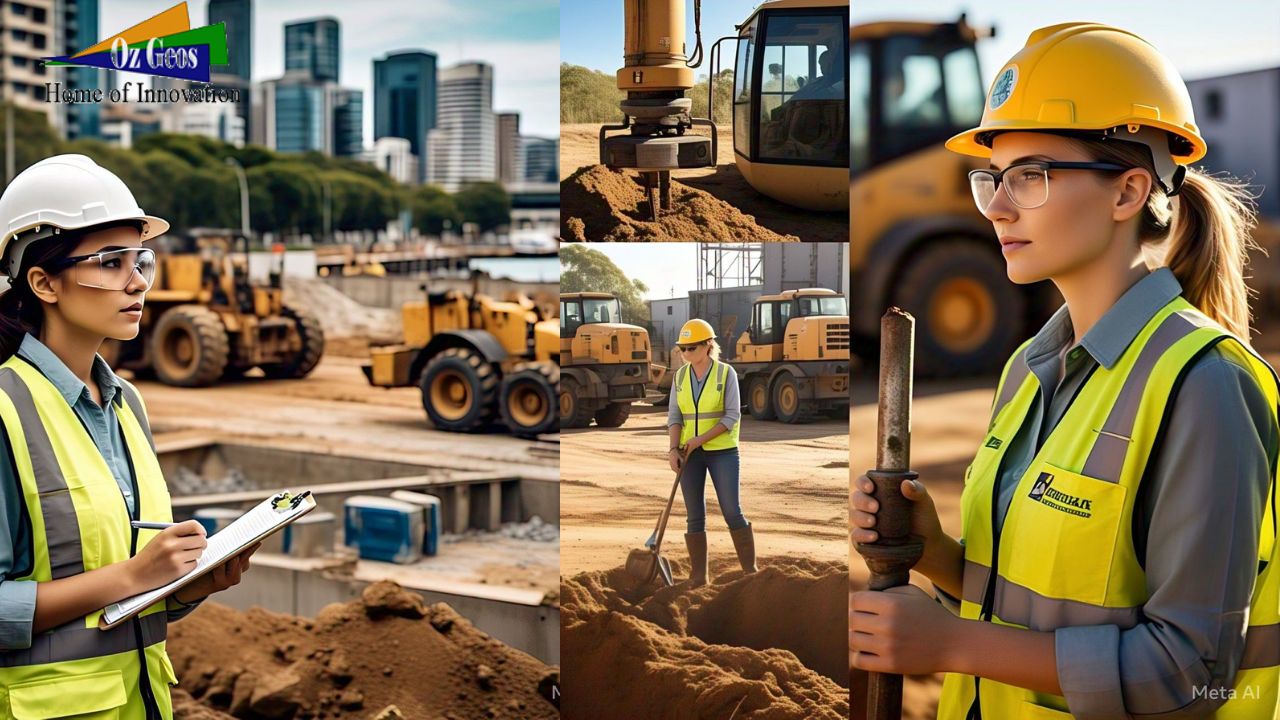Unveiling the Top 10 Geotechnical and Structural Engineering Marvels of2023
Introduction:
In the dynamic realm of civil engineering, where innovation and technological advancements pave the way for groundbreaking projects, 2023 stands as a testament to the extraordinary feats achieved in geotechnical and structural engineering. From towering skyscrapers that defy gravity to resilient infrastructure designed to withstand nature’s forces, this year has witnessed the completion of several awe-inspiring projects that push the boundaries of what is possible. In this comprehensive article, we will delve into the top 10 geotechnical and structural engineering marvels of 2023, exploring the intricacies of their design, the challenges overcome, and the impact they have on the world.
Sky City Tower, Tokyo, Japan: Reaching for the Stars
Taking the concept of vertical living to new heights, the Sky City Tower in Tokyo soars above the skyline, challenging the limits of structural engineering. Standing at an astonishing 1,500 meters, this megastructure incorporates advanced materials and construction techniques to ensure stability and safety. The tower’s design emphasizes both aesthetics and functionality, with a unique exoskeleton providing structural support while creating an iconic visual impact.
The Bering Strait Tunnel: Linking Continents Underground
Connecting Asia and North America, the Bering Strait Tunnel is a groundbreaking transcontinental infrastructure project. This engineering marvel involves drilling a tunnel beneath the Bering Strait, creating a subsea link between Russia and Alaska. Geotechnical challenges, including permafrost conditions and seismic considerations, have been meticulously addressed to ensure the tunnel’s stability and longevity. The project is set to revolutionize international trade and travel.
Green Spine, Melbourne, Australia: A Vertical Oasis
In the heart of Melbourne, the Green Spine stands as an exemplar of sustainable urban design. This mixed-use development incorporates cutting-edge geotechnical solutions to support its vertical gardens and greenery, creating a harmonious blend of nature and architecture. The project not only addresses environmental concerns but also serves as a model for future eco-friendly urban developments around the world.
The Seismic Sentinel: Istanbul’s Resilient Bridge
Situated in a seismically active region, Istanbul’s new bridge is a testament to the fusion of geotechnical and structural engineering for disaster resilience. The bridge is equipped with state-of-the-art sensors and damping systems designed to detect and mitigate the impact of seismic activity. This innovative approach ensures the safety of the structure and its occupants during earthquakes, setting a new standard for earthquake-prone regions globally.
Underground City, Helsinki, Finland: Navigating the Depths
Facing extreme weather conditions, Helsinki’s Underground City provides a solution to the challenges of sub-zero temperatures and heavy snowfall. This subterranean marvel integrates geotechnical expertise to create an extensive network of underground spaces, including shopping centers, transportation hubs, and recreational areas. The project showcases how geotechnical considerations can shape urban planning in regions with harsh climates.
Floating Solar Farms: Engineering on Water
Addressing the increasing demand for renewable energy, floating solar farms have emerged as a groundbreaking solution. Geotechnical engineering plays a crucial role in the design of floating platforms that can support solar panels on bodies of water. These innovative projects not only harness solar power efficiently but also optimize land use, making them a sustainable choice for energy production in densely populated areas.
Hyperloop: Transforming Transportation Dynamics
The Hyperloop, a high-speed transportation system, continues to capture the imagination of engineers and innovators. This year’s advancements in hyperloop technology include novel structural designs and geotechnical solutions to support the development of vacuum tubes for ultra-fast travel. The project’s success could revolutionize the future of transportation, offering rapid, energy-efficient, and sustainable connectivity between cities.
The Vertical Forests of Nanjing, China: Urban Reforestation
Nanjing’s Vertical Forests stand as a visionary response to urban pollution and deforestation. These towering structures, covered in lush greenery, not only contribute to the city’s aesthetics but also enhance air quality. Geotechnical engineers played a vital role in ensuring the stability of the buildings while accommodating the weight of the vegetation. The Vertical Forests represent a paradigm shift in sustainable urban living.
Ocean Spiral: Underwater Cities for Tomorrow
Looking beyond traditional terrestrial construction, the Ocean Spiral project explores the feasibility of underwater cities. Geotechnical challenges, such as withstanding underwater pressure and ensuring structural integrity, have been overcome through innovative engineering solutions. The project envisions a future where sustainable, self-sufficient communities thrive beneath the ocean’s surface, addressing the growing challenges of overpopulation and resource scarcity.
The Resilient Archipelago: Maldives Floating Islands
As climate change poses a threat to low-lying island nations, the Maldives Floating Islands project exemplifies geotechnical ingenuity. These artificial islands, designed to rise with sea levels, provide a sustainable solution to the challenges posed by climate-induced sea-level rise. The project showcases the importance of adapting infrastructure to the changing climate, offering hope for vulnerable regions worldwide.
Conclusion:
The top 10 geotechnical and structural engineering projects of 2023 represent a convergence of innovation, sustainability, and resilience. These marvels not only push the boundaries of what is achievable in engineering but also address pressing global challenges, from climate change and urbanization to the need for sustainable energy solutions. As we marvel at these achievements, it becomes clear that the future of civil engineering is one of boundless possibilities, where technology and human ingenuity work in tandem to shape a better, more sustainable world.


